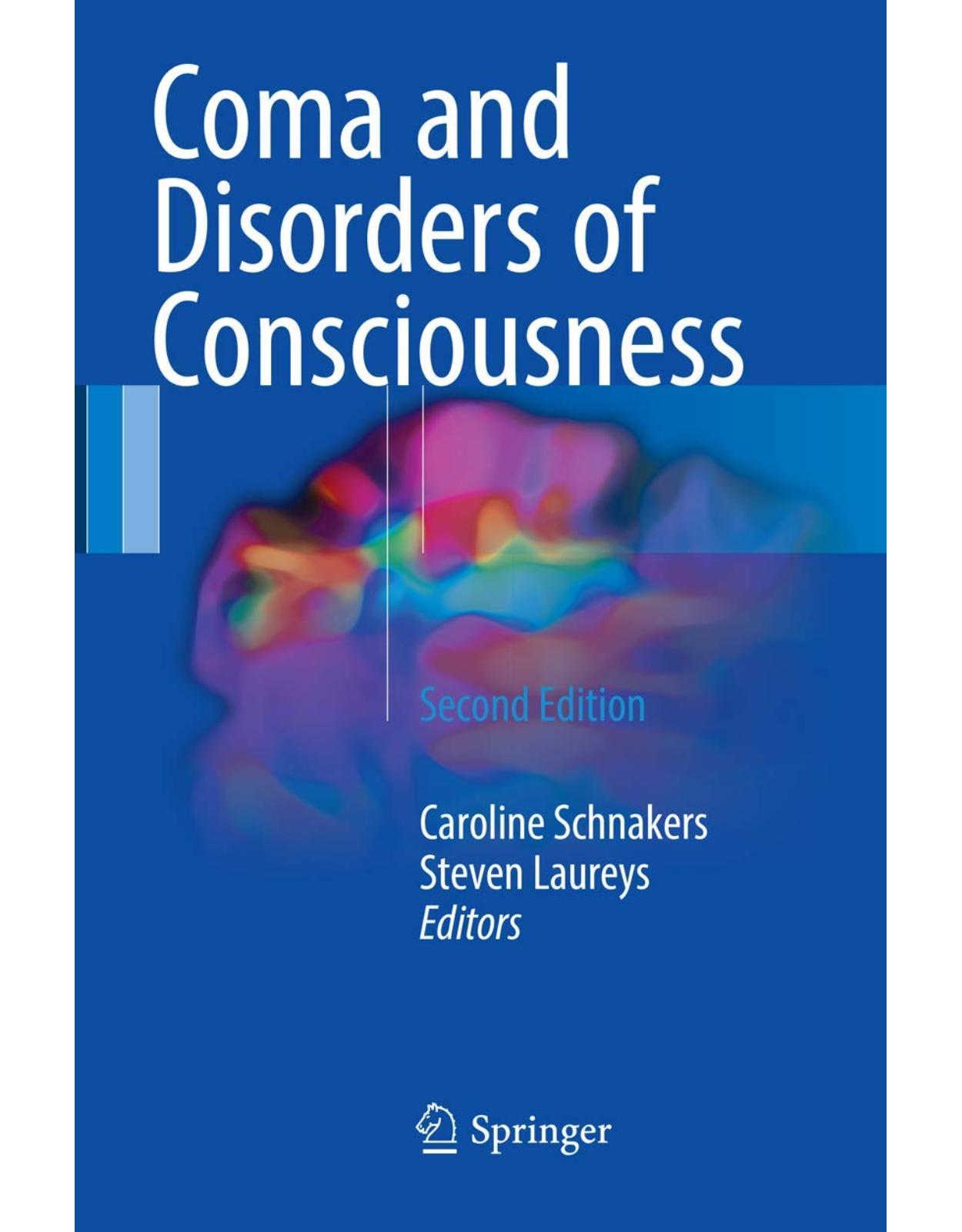
Coma and Disorders of Consciousness
Livrare gratis la comenzi peste 500 RON. Pentru celelalte comenzi livrarea este 20 RON.
Disponibilitate: La comanda in aproximativ 4 saptamani
Editura: Springer
Limba: Engleza
Nr. pagini: 296
Coperta: Paperback
Dimensiuni: 15.49 x 1.7 x 23.5 cm
An aparitie: 12 Jun. 2018
Description:
This revised and expanded second edition discusses the assessment and treatment of patients recovering from coma and disorders of consciousness. Besides diagnostic, prognostic and ethical issues, this book describes well-established techniques and procedures, and also techniques under development. New chapters include consciousness theories, issues relating to long-term care, and neuromodulation treatments. Coma and Disorders of Consciousness, Second Edition is a comprehensive review of the field for clinicians and researchers, regardless of whether they are already familiar with the difficult but exciting field of disorders of consciousness.
Table of Contents:
Chapter 1: Behavioral Assessment and Diagnosis of Disorders of Consciousness
Introduction
Disorders of Consciousness
Coma
Vegetative State
Minimally Conscious State
Don’t Judge a Book by Its Cover: The Difficult Diagnoses of Locked-In Syndrome and Covert Co
Locked-In Syndrome
Patients with Covert Cognition
Bedside Assessment
Diagnostic Accuracy
Behavioral Scales
More Specialized Behavioral Assessments
Individualized Quantitative Behavioral Assessment
Pain Assessment and the Nociception Coma Scale – Revised
Conclusion
References
Chapter 2: Prognosis in Disorders of Consciousness
Introduction
Evolution
Prognostic Issues
Conclusion
References
Chapter 3: Linking Complex Alterations in Functional Network Connectivity to Disorders of Conscio
Alterations of Brain Networks in Disorders of Consciousness
A Hot Zone of Neuronal Correlates of Consciousness?
Caveats of Resting-State Functional Imaging in Severe Brain Injury
Motion and Artifacts
Normalization and Selection of Region of Interest
Aspects of Interpretability When Using Functional Neuroimaging in Disorders of Consciousness
Conclusion
References
Chapter 4: Electrophysiology in Disorders of Consciousness: From Conventional EEG Visual Analysis
Electroencephalography
Clinical EEG
Acute Stage
EEG Visual Analysis
Evoked Potentials
Quantitative EEG
Chronic Stage
EEG Visual Analysis
Evoked Potentials
Background Rhythms, Connectivity, and Complexity
Long-Term EEG: Polysomnography
Electromyography
Brain-Computer Interface
EEG-Based BCI
Invasive BCI
Conclusion and Perspectives
References
Chapter 5: Identifying Covert Cognition in Disorders of Consciousness
Introduction
Identifying Covert Cognition With fMRI
Mental Imagery
Selective Attention
Identifying Covert Cognition Through EEG
Emerging Approaches
Passive Paradigms
Implications
Diagnostic Implications
Decision-Making
Conclusions
References
Chapter 6: Taking Care of Patients with Disorders of Consciousness: Caregivers’ Burden and Qua
Introduction
Who Is the Informal Caregiver of a Patient with DOC?
Sociodemographic Characteristics
What Is the Main Motivation for Caregiving?
Hours of Care and Support for Caring
Burden: Definition and Concepts
The Objective Dimension of Burden
Impact on Caregivers’ Employment and Economic Status
Impact on Leisure Activities
The Subjective Dimension of Caregivers’ Burden: Individual and Interpersonal Relation Perceptio
Who Am I? Who Are You? Loss of Identity: A New Role and a New Person
You Are. You Were
Interpersonal Relations and Social Support
The Intrapersonal Dimension of Burden: Psychological Aspect and Personal Strategies to Face a S
Quantitative Assessment and Clinical Evaluation of Emotional Distress
Ambiguous Loss and Prolonged Grief Disorder
Burden and Emotional Distress
Personal Features and Strategies to Face a Stressful Situation
The Impact on Caregivers’ Quality of Life
Concluding Remark: The Importance of Support and Targeted Interventions
References
Chapter 7: How Does Spasticity Affect Patients with Disorders of Consciousness?
Introduction
Spasticity in Patients with Disorders of Consciousness (DOC)
Pathophysiology
Clinical Picture
Patients with DOC Versus Stroke or Moderate TBI
How to Treat Spasticity in Patients with DOC
Clinical Recommendations
Conclusion
References
Chapter 8: Feasibility of Oral Feeding in Patients with Disorders of Consciousness
Introduction
Neurophysiology of Swallowing
The Oral Phase
The Pharyngeal Phase
The Esophageal Phase
The Neurological Control
Swallowing and Consciousness
Animal Studies
Human Studies
Precentral Gyrus
The Prefrontal Cortex
The Anterior Cingulate Cortex
The Insula
Parietal Regions and the Postcentral Gyrus
Temporal Regions
The Basal Ganglia
The Cerebellum
Oral Feeding in Patients with Disorder of Consciousness
Conclusions
References
Chapter 9: What Can We Learn About Brain Functions from Sleep EEG? Insights from Sleep of DOC Pa
States of Reduced Consciousness
Sleep
Circadian Rhythms in DOC Patients
Altered Sleep in DOC
UWS
MCS
LIS
Challenges for Sleep Research in DOC
Treatment and Rehabilitation
Diagnostic and Prognostic Value of Sleep
Summary
References
Chapter 10: Sensory Stimulation Program
Introduction
Theoretical Principles
Sensory Stimulation Programs
Limitations and Perspectives
A Potential Alternative: Music Therapy
Conclusion
References
Chapter 11: Pharmacological Treatments
Introduction
Potential Pharmacological Treatments
Amantadine
Levodopa
Bromocriptine
Apomorphine
Methylphenidate
Zolpidem
Baclofen
Lamotrigine
Mechanisms Aiming to Explain the Possible Positive Effects of Pharmacological Treatments
Single-Subject Methods to Assess the Off-Label Use of Specific Medication
Conclusion
References
Chapter 12: New Therapeutic Options for the Treatment of Patients with Disorders of Consciousne
Introduction
What Network to Stimulate
Frontoparietal Network
Mesocircuit Frontoparietal Model
Deep Brain Stimulation (DBS)
Transcranial Direct Current Stimulation (tDCS)
Which Technique to Choose?
Consistency with the Mesocircuit Model
Conclusion
References
Chapter 13: The Ethics in the Management of Patients with Disorders of Consciousness
Introduction
Consciousness Can Be Defined Clinically
Emerging Ethical Issues About Pain
Emerging Ethical Issues About End of Life
Legal Issues in Disorders of Consciousness
Conclusions
References
Chapter 14: Near-Death Experiences: Actual Considerations
Description of the Phenomenon
Identifying NDEs
NDEs Not “Near Death”
Negative NDEs
NDE Experiencers Characteristics
Research on NDEs
Explicative Models for NDEs
Transcendental Theories
Psychological Theories
Neurobiological Theories
References
Chapter 15: Future Perspectives of Clinical Coma Science
In the Past…
Recent Findings on Assessment and Treatment
In the Future…
References
Index
| An aparitie | 12 Jun. 2018 |
| Autor | Caroline Schnakers (Editor), Steven Laureys |
| Dimensiuni | 15.49 x 1.7 x 23.5 cm |
| Editura | Springer |
| Format | Paperback |
| ISBN | 9783319857916 |
| Limba | Engleza |
| Nr pag | 296 |

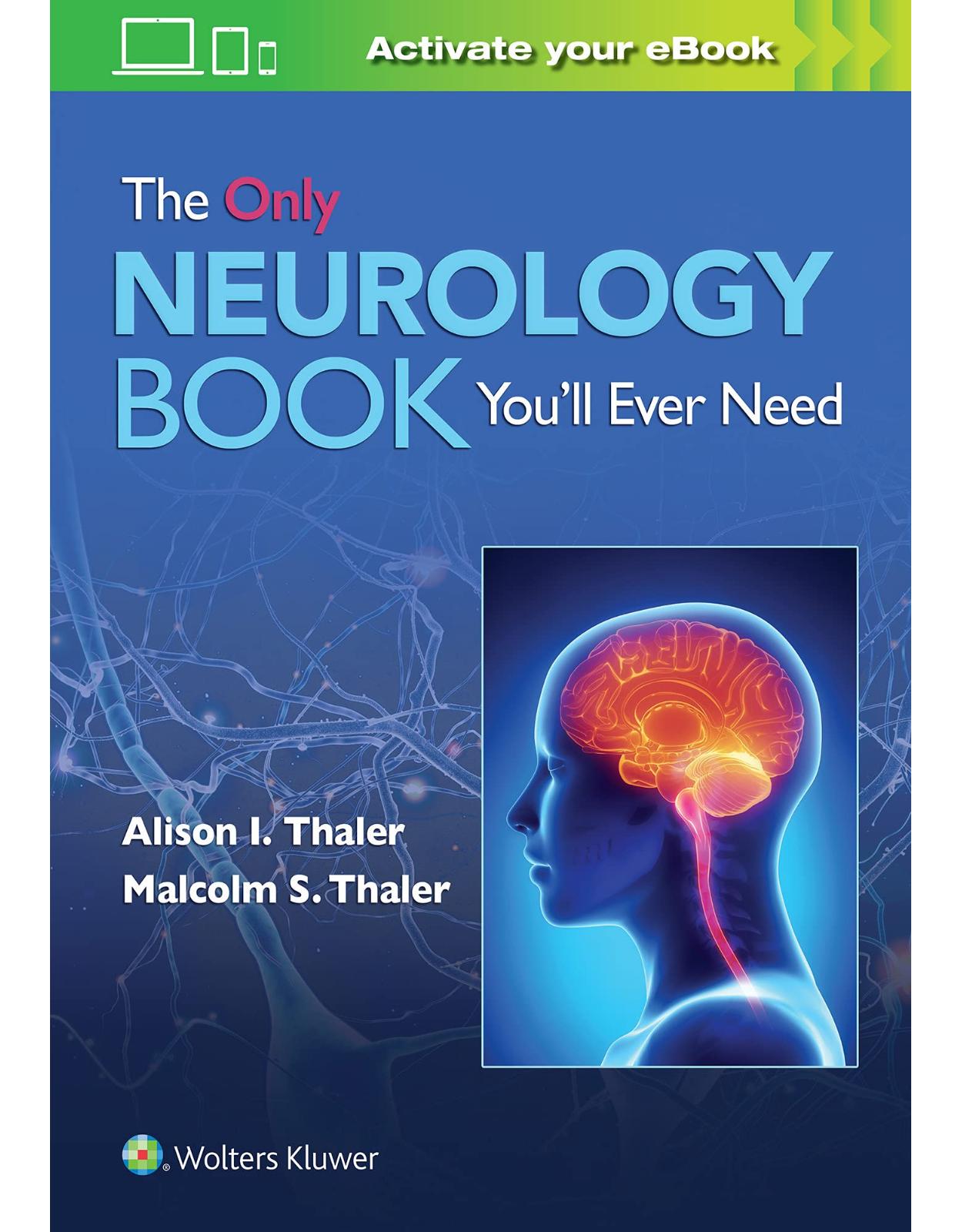
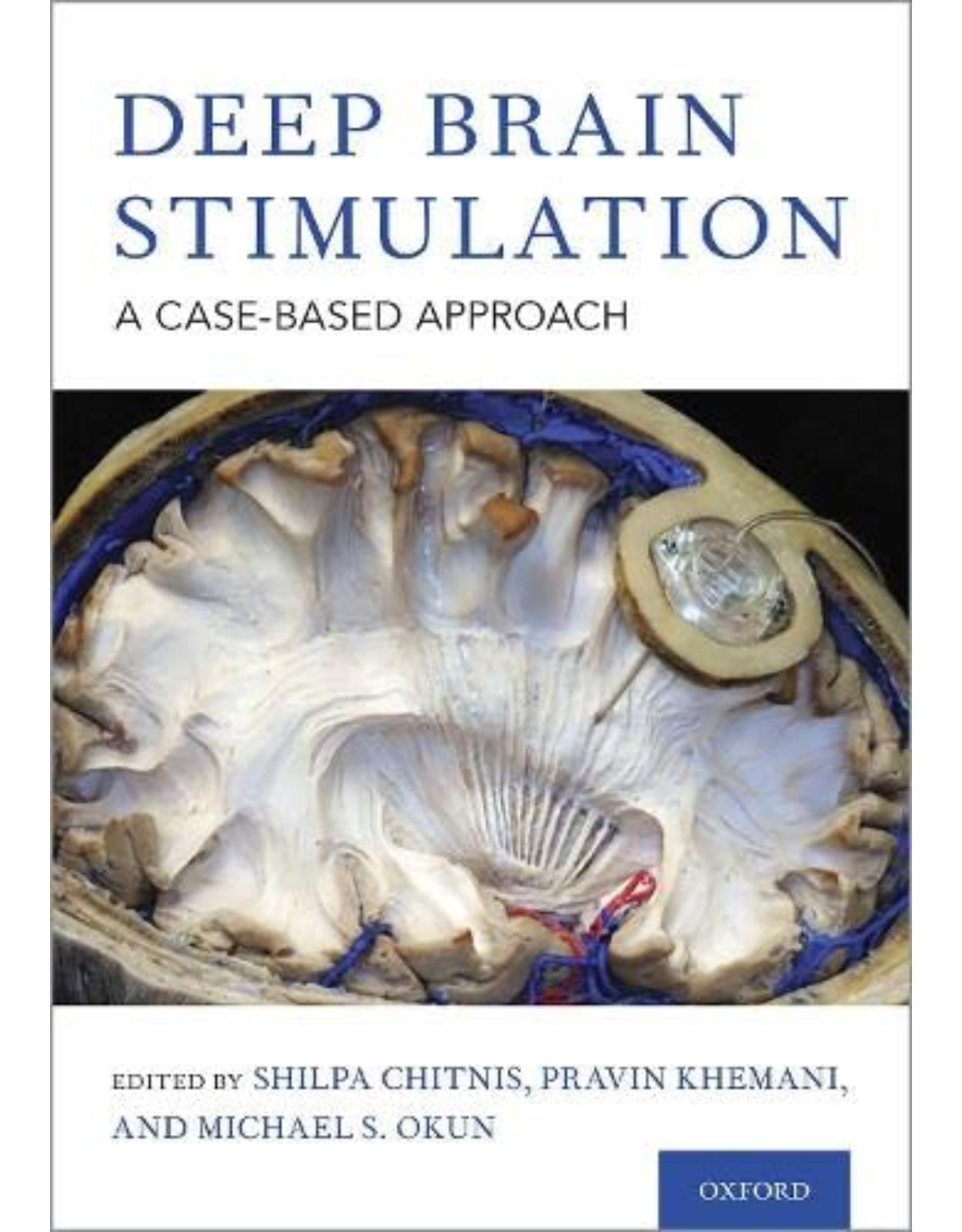
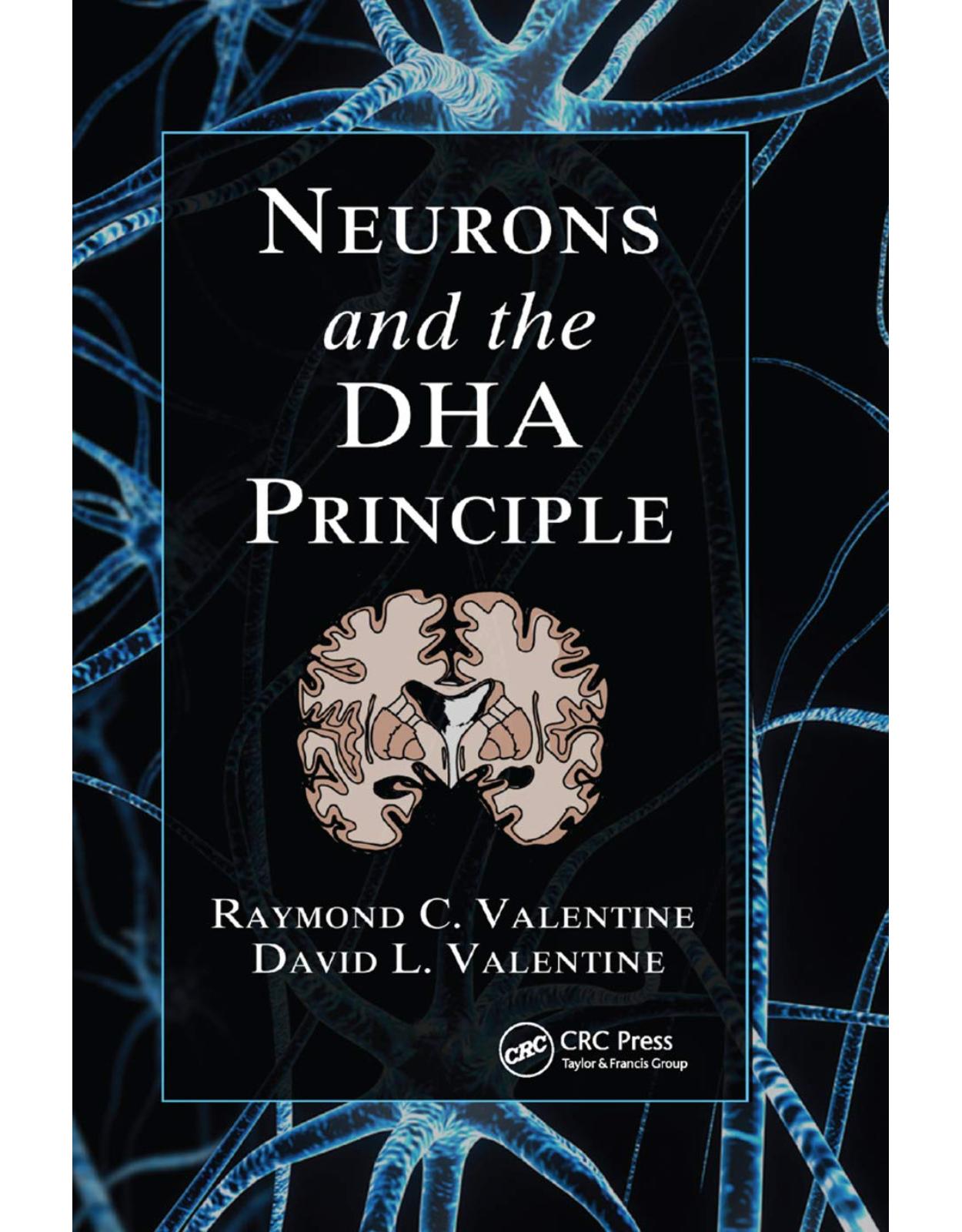
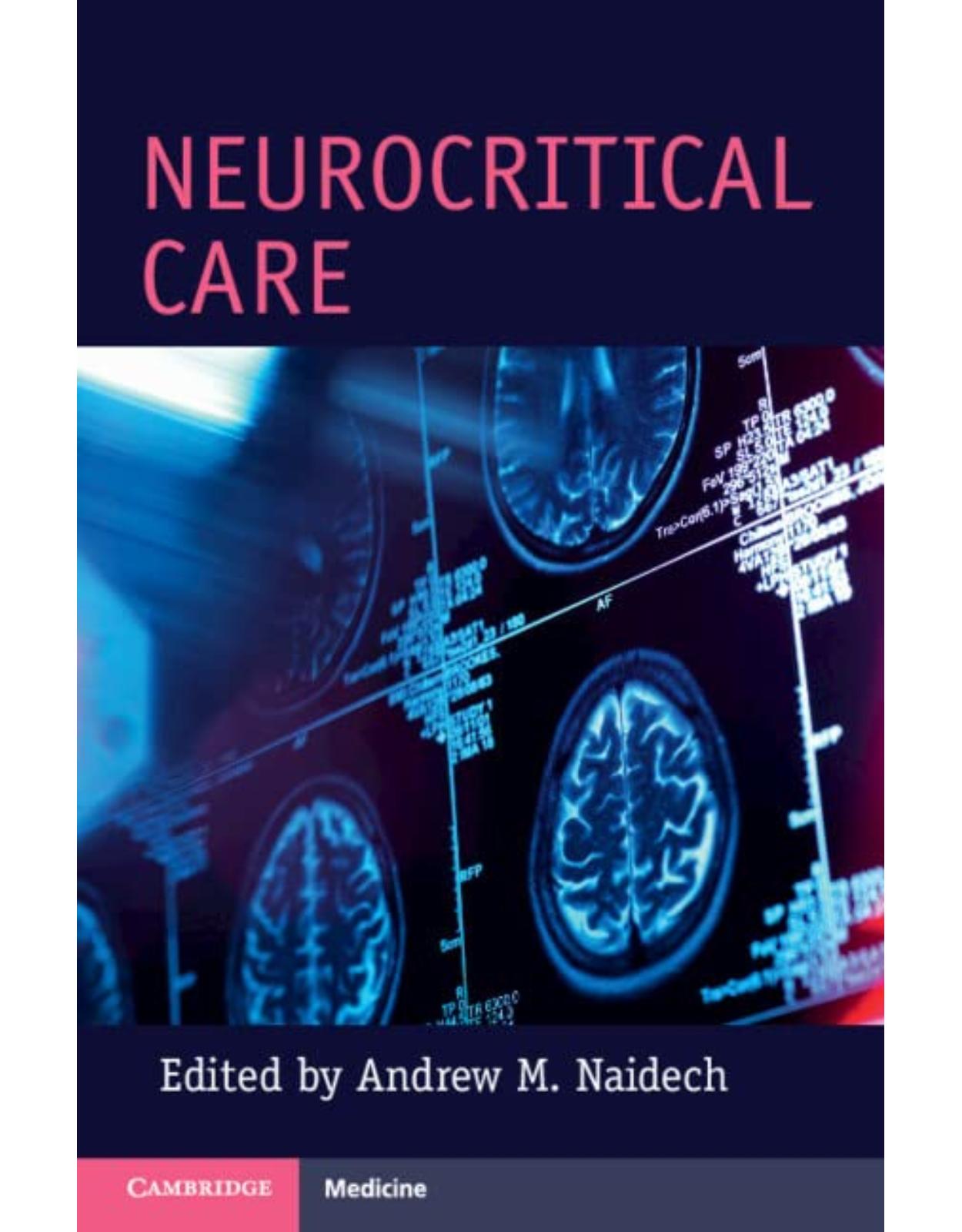
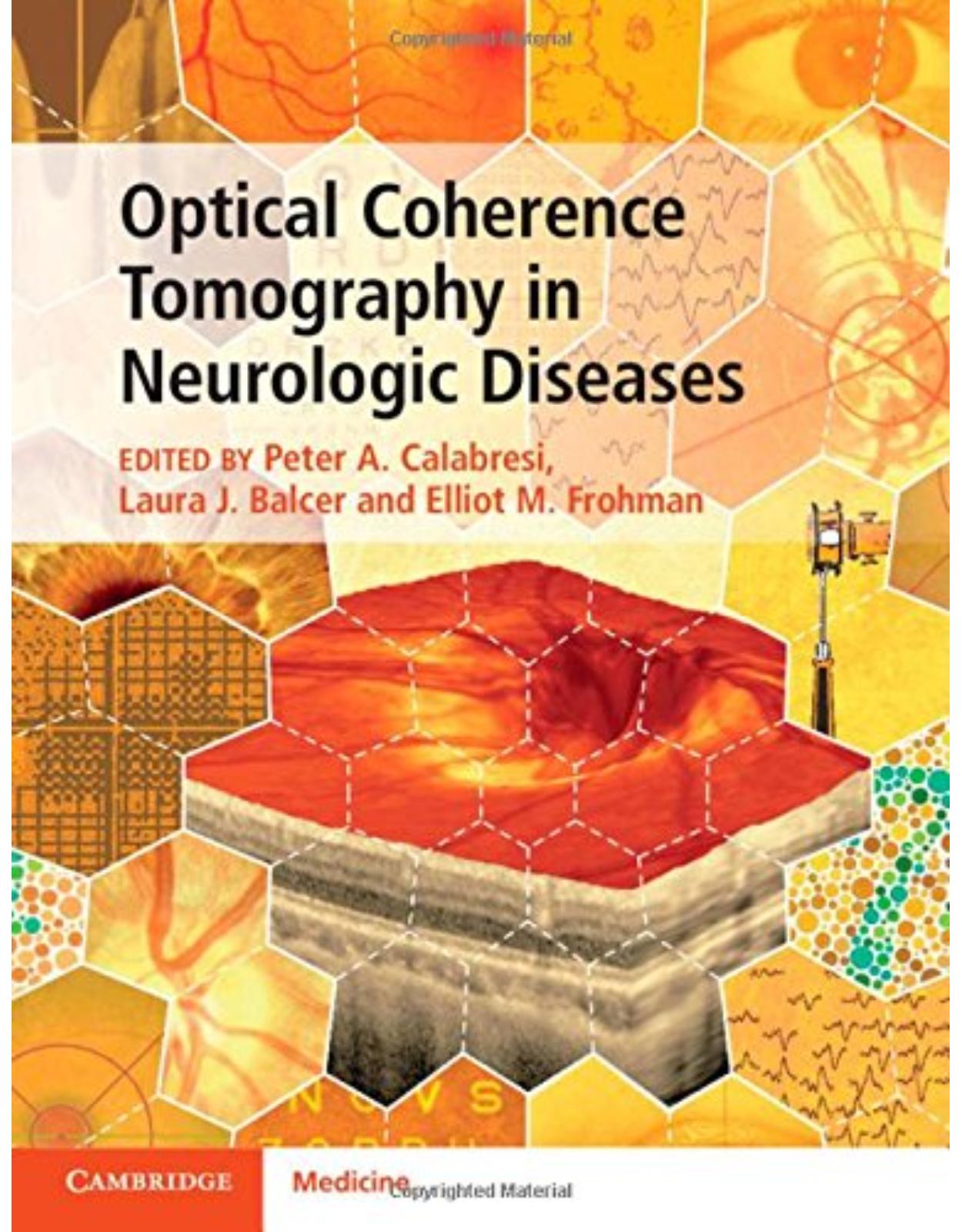
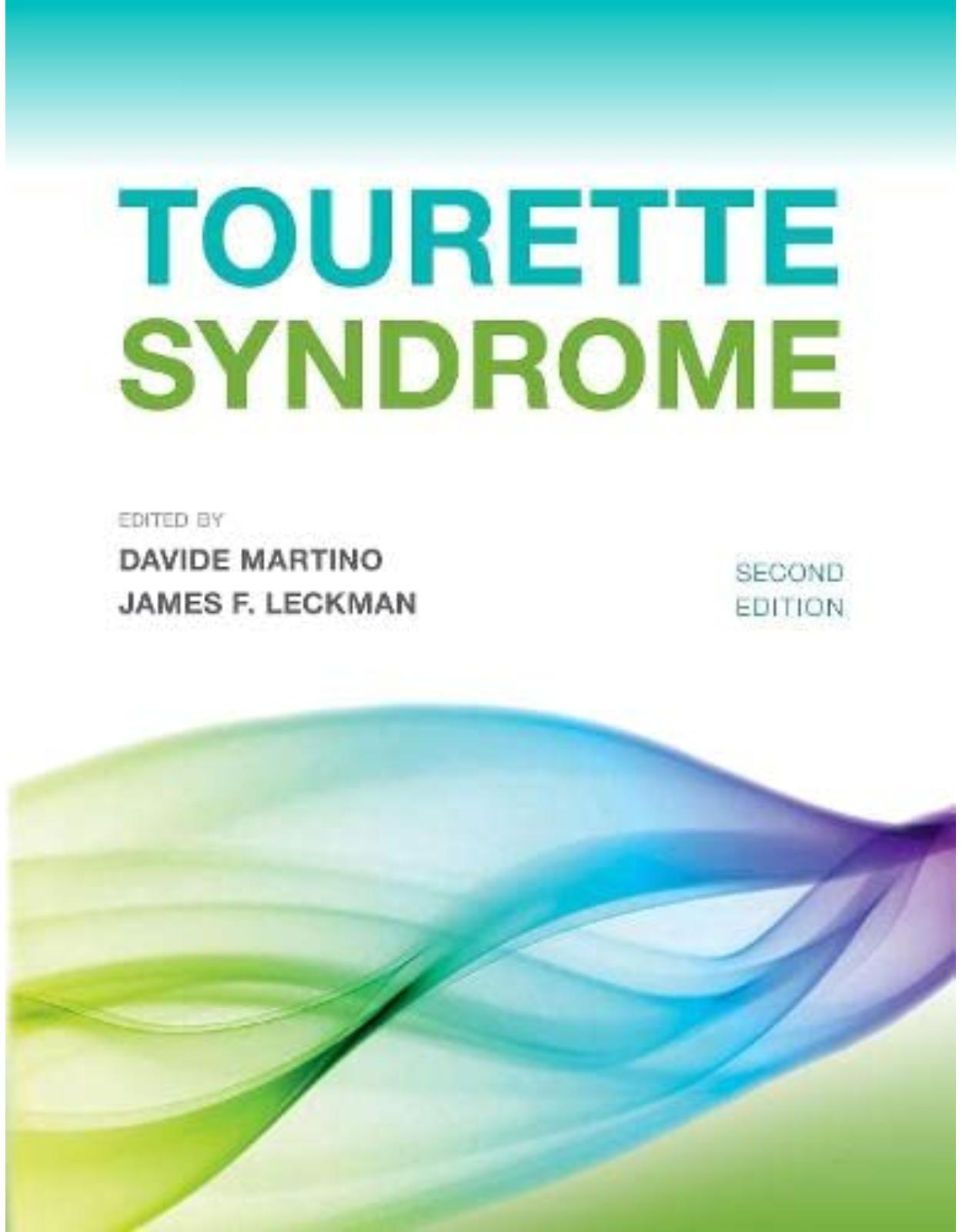
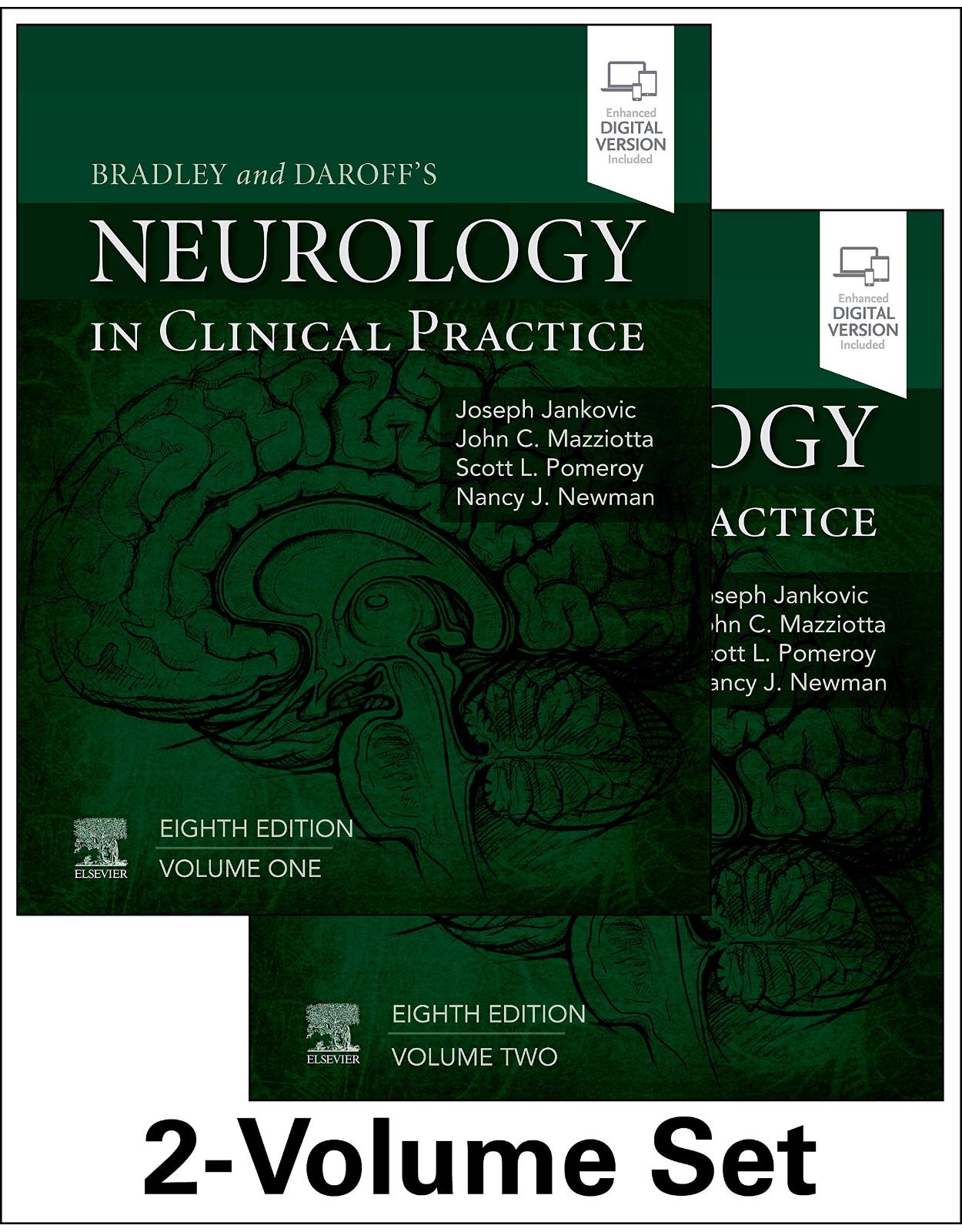
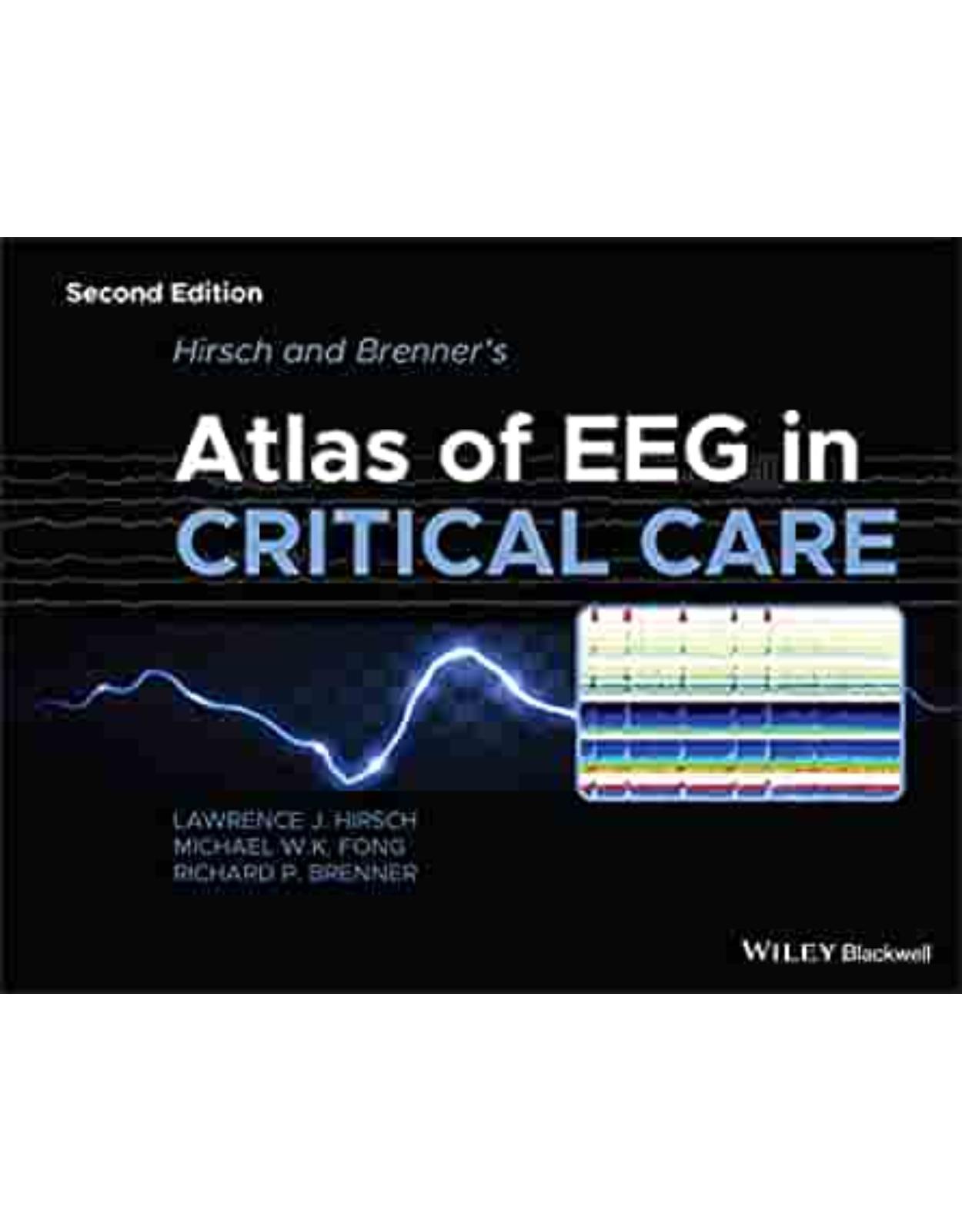
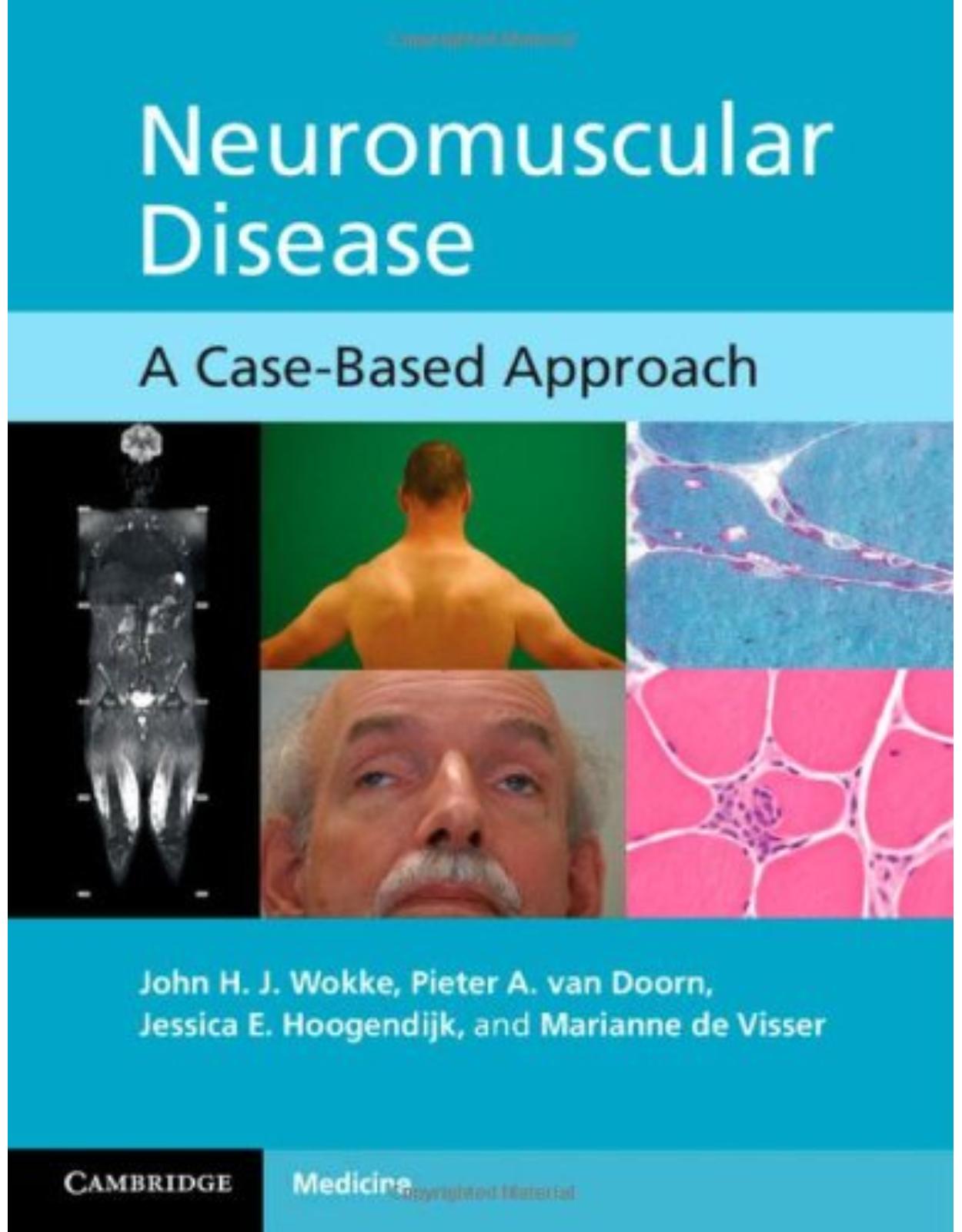
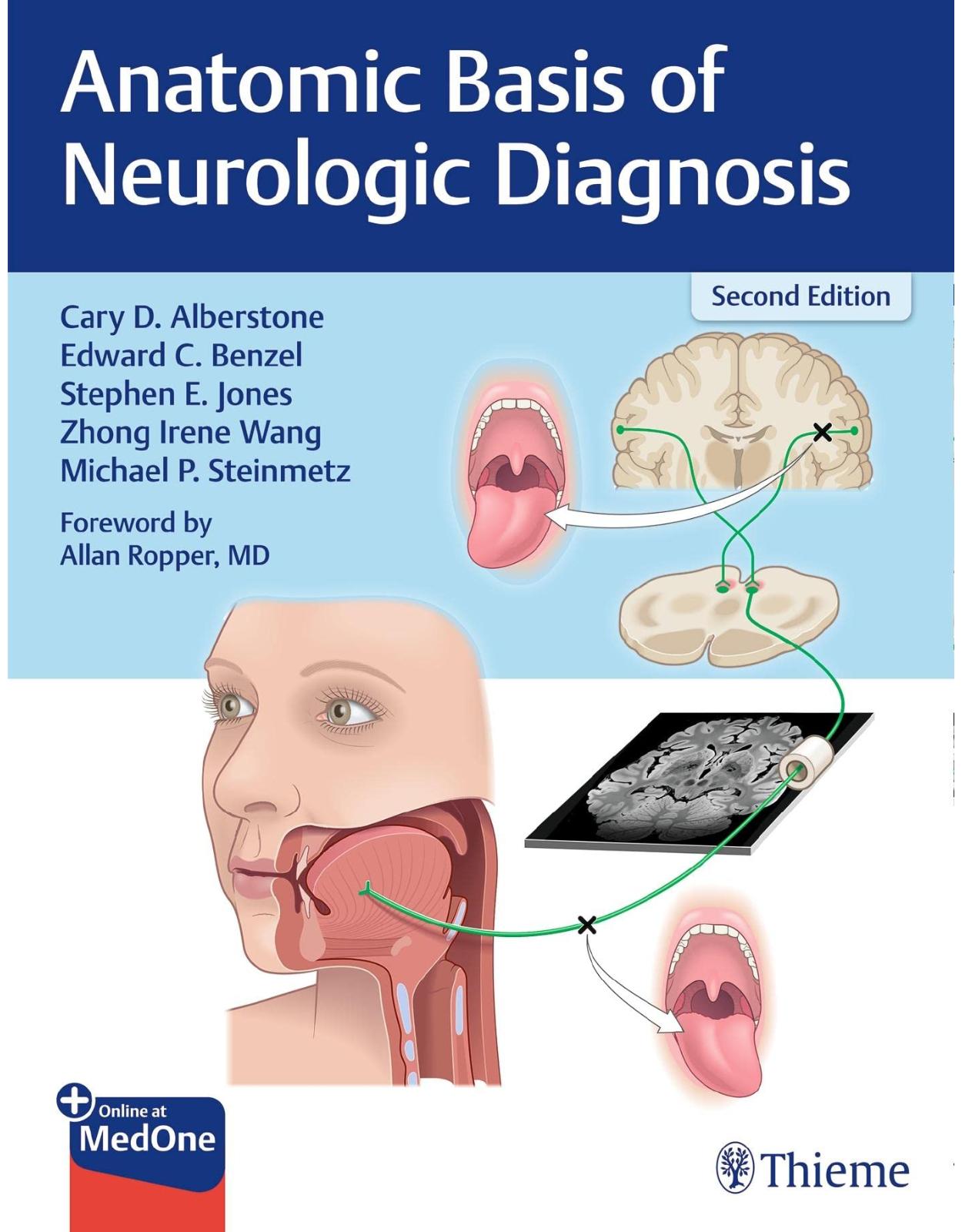

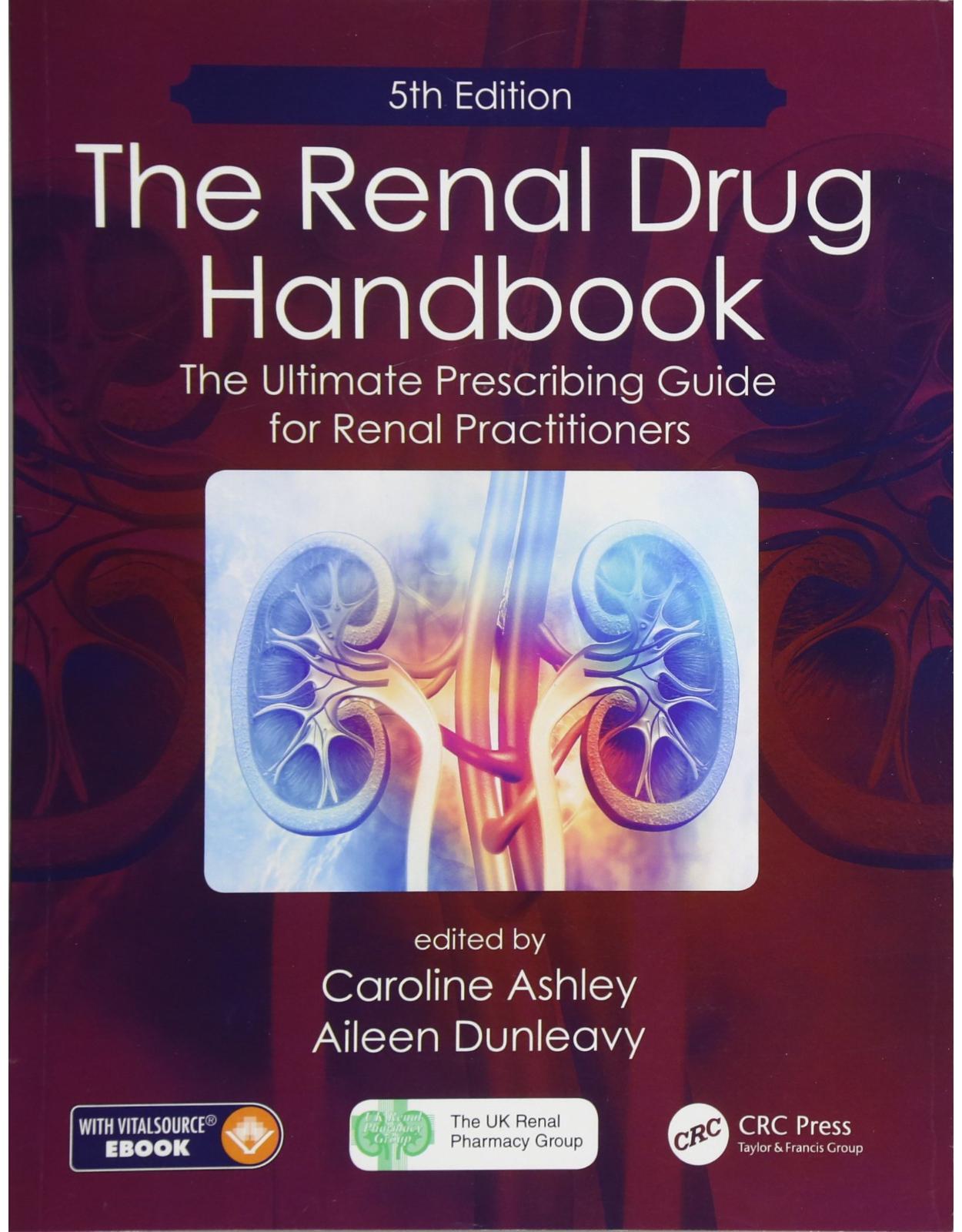
Clientii ebookshop.ro nu au adaugat inca opinii pentru acest produs. Fii primul care adauga o parere, folosind formularul de mai jos.